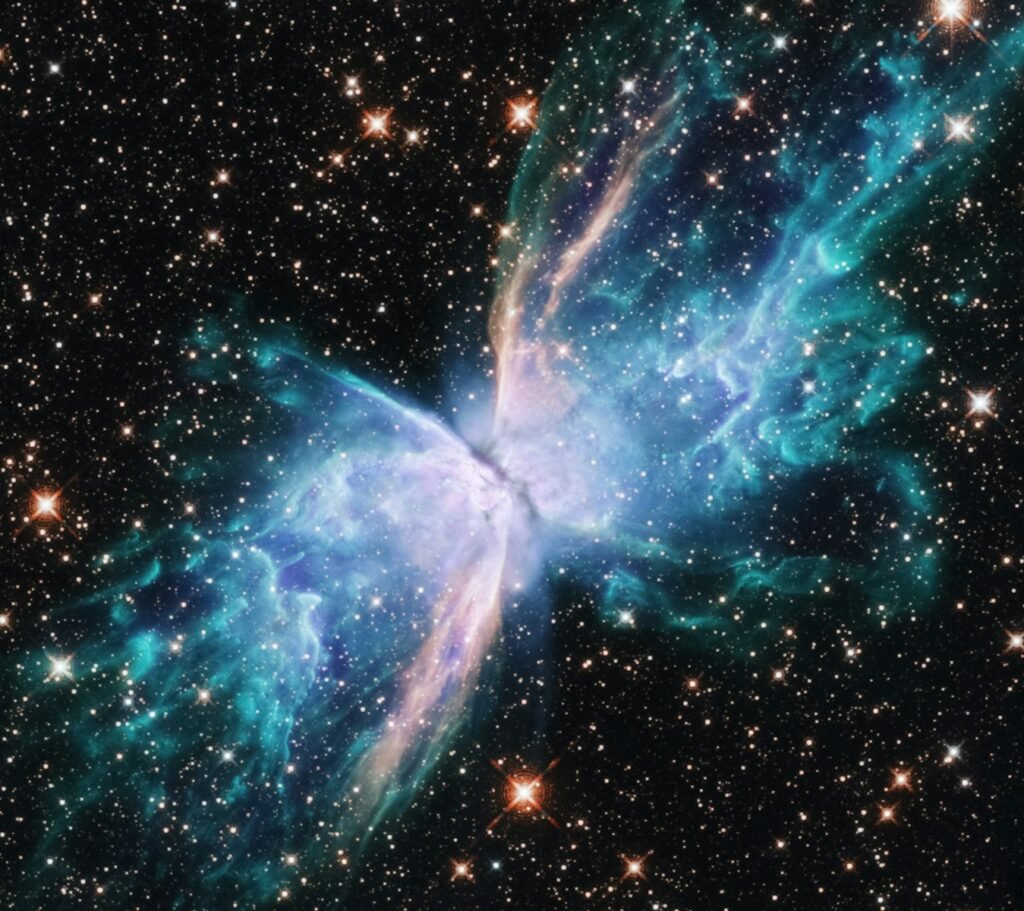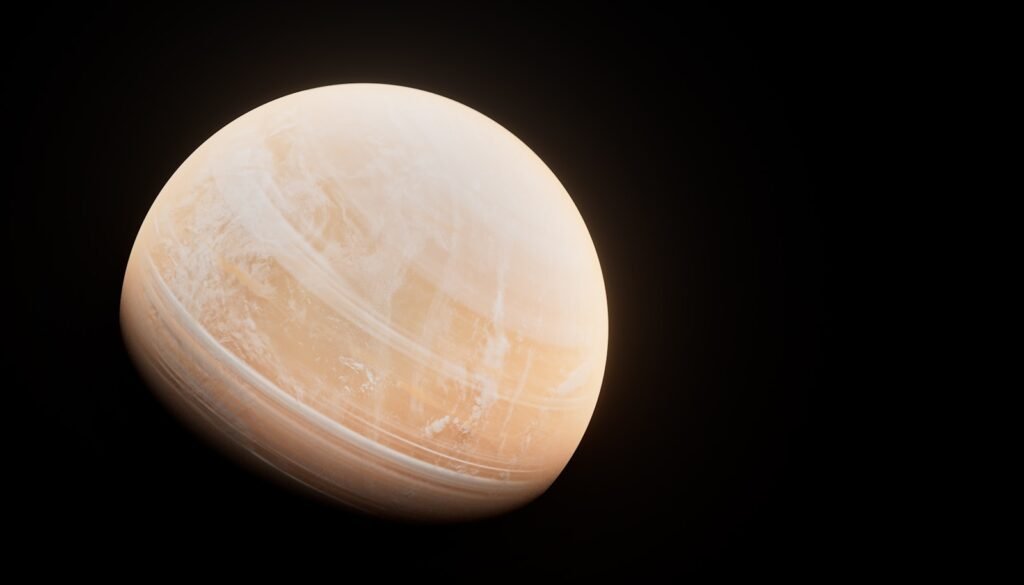It starts as a whisper in the static: a heartbeat-like tick that refuses to be random, carving rhythm into the radio noise of the sky. Astronomers have learned that these pulses come from city-sized neutron stars spinning hundreds of times a second, sweeping beams across space like searchlights on cosmic fog. The mystery has always been how such tiny, furious objects can keep time with a steadiness rivaling the best atomic clocks, and what happens when they don’t. The answer is changing how we map invisible space, test gravity, and even build a new kind of interstellar GPS for the future. I still remember hearing a pulsar recording for the first time in a lab speaker – it sounded mechanical and alive at once, like a lighthouse rotating in the dark.
The Hidden Clues

Every pulse carries subtle fingerprints of the star that made it, and of the space the signal crossed to reach us. The arrival times shift by millionths of a second as radio waves traverse clouds of electrons between stars, letting astronomers weigh the interstellar medium like a surveyor tapping a wall. Sometimes the pulses brighten into rare giants or drift in strange patterns, as if the beam itself were breathing in slow motion.
Then there are glitches: sudden spin-ups when the star’s crust cracks and transfers angular momentum from its superfluid heart. Those jolts look like tiny earthquakes in timing data, revealing the exotic interior of matter compressed beyond nuclear densities. Put together, the flickers become a dossier on both the star and the galaxy, a forensic trail written in radio light.
From Ancient Tools to Modern Science

The path from early radio dishes to today’s precision pulsar science reads like a technology time-lapse. When the first pulses were recorded in the late nineteen-sixties, charts were inked on paper and signals were saved to tape, while calculations were done by hand or with room-sized machines. Now, software pipelines sift torrents of data in real time, pulling millisecond pulses from noise with algorithms that would have seemed like magic to the field’s founders.
Telescopes have kept pace, growing from single parabolic bowls into arrays and super-instruments. Canada’s CHIME surveys swaths of sky every day, South Africa’s MeerKAT stitches sharp images from dozens of dishes, and China’s FAST listens with one vast ear pressed to the cosmos. Each upgrade translates into new pulsars found, better timing precision, and sharper tests of physics.
The Fast Spin That Warps Space

Millisecond pulsars are old neutron stars spun back up by stealing matter from a companion, turning with the consistency of a flywheel in vacuum. They pack roughly the mass of the Sun or even about twice that into a sphere no wider than a metropolis, driving magnetic fields that are trillions of times stronger than Earth’s. That combination of gravity and magnetism funnels radiation into beams that sweep the sky with metronomic discipline.
Close to these stars, space and time are dragged along by rotation, a relativistic effect that leaves faint marks in orbital motion and pulse timing. By tracking those marks, astronomers measure masses with exquisite accuracy and rule out softer equations of state that would crumble under the observed pressures. Every precisely timed tick narrows the menu of what ultra-dense matter can be.
Timing the Ticks: How We Measure the Unmeasurable

To turn pulses into physics, researchers convert raw radio voltages into arrival times and compare them with a model of the star’s spin, motion, and environment. Delays caused by the interstellar plasma are corrected using multi-frequency observations, while Earth’s own clock is cross-checked against international time standards. The remaining deviations, measured down to hundreds of nanoseconds for the best targets, are the gold.
Spread across dozens of pulsars, those tiny deviations can add up to the faint rumble of gravitational waves from gargantuan black hole pairs far across the universe. Different collaborations pool years of data to tease out a common signal with the right sky pattern, like recognizing a bassline under a crowded orchestra. With each new observing season, that bass grows clearer, turning a statistical hint into a gravitational map.
Why It Matters

Pulsars are laboratories for extremes we cannot create on Earth, giving us direct leverage on fundamental physics. Traditional telescopes capture images and spectra, but pulsar timing captures time itself, stretching the reach of astronomy into the realm of precision metrology. That shift lets researchers test general relativity in strong fields, weigh stars to decimal places, and probe matter at densities beyond any accelerator.
The practical echoes reach beyond theory. Stable millisecond pulsars act like a distributed celestial clock, a backup scaffolding for timekeeping resilient to local outages and single points of failure. They also enable spacecraft navigation concepts that read X-ray pulsars like beacons, opening a path to autonomous deep-space travel without constant guidance from Earth.
Global Perspectives

Pulsar science now spans continents and cultures, with observatories in both hemispheres filling each other’s blind spots. Australia’s Parkes, India’s uGMRT, Europe’s LOFAR, and America’s Green Bank share targets and techniques, while southern sky facilities pick up what northern arrays cannot see. When one telescope faces maintenance or weather, another steps in, stitching a continuous watch across the planet.
Collaboration is the beating heart of the enterprise, from data-sharing agreements to joint analyses that raise the statistical tide for everyone. Citizen-science projects help scan candidates, and student-built receivers bring radio astronomy to campuses that once had no access. The loss of Arecibo was a bruise, but the network adapted, redistributed workloads, and pushed forward with resilient teamwork.
The Future Landscape

The Square Kilometre Array is the next giant step, promising sensitivity that should uncover swarms of new millisecond pulsars and sharpen timing to unprecedented levels. With more precise clocks dotted across the sky, pulsar timing arrays can isolate individual supermassive black hole binaries rather than just a background hum. That will turn a stochastic whisper into identifiable sources, unlocking new astrophysics about galaxy evolution.
Challenges remain, and they are earthly as much as cosmic. Radio-frequency interference creeps into the bands we need, space weather perturbs signals, and calibration must be fanatically honest. Smarter RFI mitigation, better solar wind models, and open data standards will be as crucial as any shiny new dish.
The Human Story Behind the Beacons

Even in a field built on timing residuals and covariance matrices, there is wonder threaded through the work. Graduate students still get goosebumps when a new pulsar candidate resolves into regular thumps, and veteran observers chase clearer nights with the same quiet zeal. I’ve watched small teams in control rooms celebrate a clean fold with muffled cheers, the way hikers celebrate a summit no one else can see.
These human rhythms matter because the science is a marathon, not a sprint. Datasets span decades, mentors pass down intuition, and collaborations depend on trust as much as bandwidth. The result is a kind of long-baseline community, turning patience into discovery.
Conclusion

You can help keep the sky audible by supporting radio-quiet zones and local policies that reduce needless interference from unshielded electronics. Visit open nights at nearby observatories, ask about pulsar projects, and encourage schools to join hands-on radio astronomy programs that build low-cost antennas. If you enjoy distributed computing, projects that search for new pulsars always need extra cycles and careful eyes.
Stay curious about timing, not just imaging: follow observatory updates, read public data releases, and share the story of how precision can reveal invisible worlds. For students, courses in signal processing, statistics, and electromagnetism are true launch pads into the field. For everyone else, simply listening to a pulsar’s heartbeat is a reminder that the universe keeps time – and invites us to keep up.

Suhail Ahmed is a passionate digital professional and nature enthusiast with over 8 years of experience in content strategy, SEO, web development, and digital operations. Alongside his freelance journey, Suhail actively contributes to nature and wildlife platforms like Discover Wildlife, where he channels his curiosity for the planet into engaging, educational storytelling.
With a strong background in managing digital ecosystems — from ecommerce stores and WordPress websites to social media and automation — Suhail merges technical precision with creative insight. His content reflects a rare balance: SEO-friendly yet deeply human, data-informed yet emotionally resonant.
Driven by a love for discovery and storytelling, Suhail believes in using digital platforms to amplify causes that matter — especially those protecting Earth’s biodiversity and inspiring sustainable living. Whether he’s managing online projects or crafting wildlife content, his goal remains the same: to inform, inspire, and leave a positive digital footprint.




